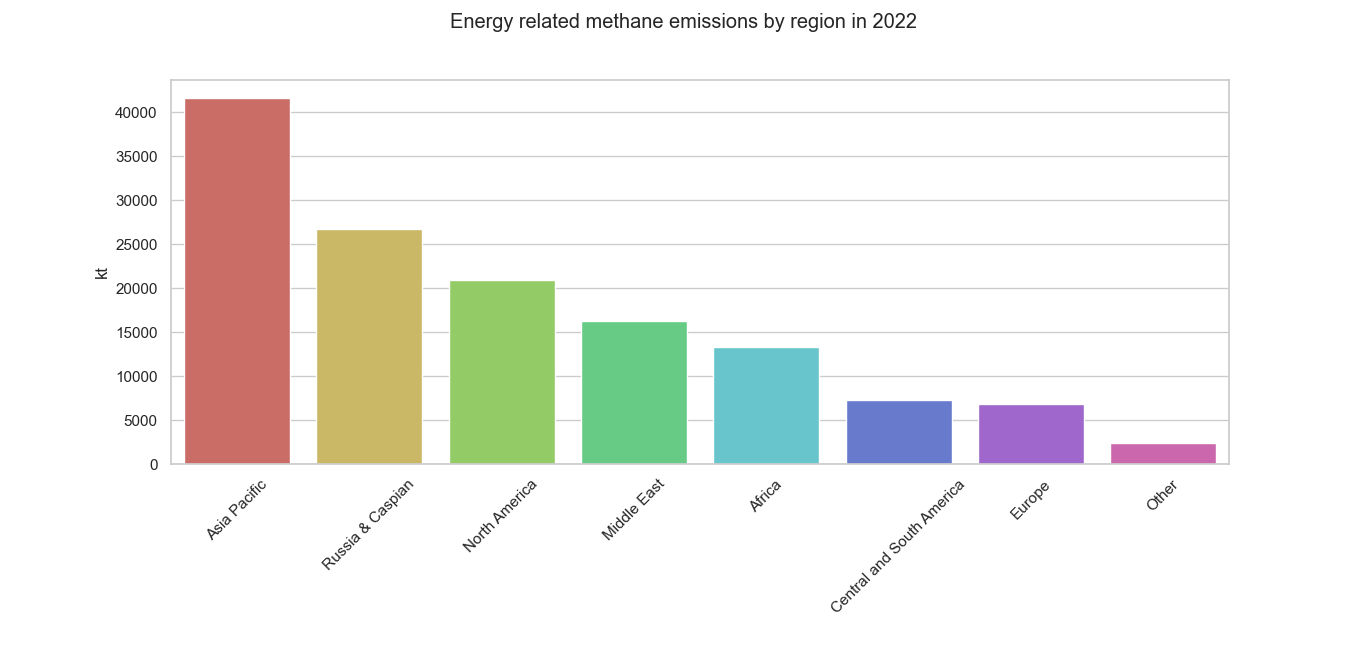THE CHART ROOM
SOLAR ACTIVITY
The current solar cycle is Solar Cycle 25, which started in December 2019. The maximum is expected to be around July 2025. This can be measured by monitoring indicators such as sunspots and solar radio flux
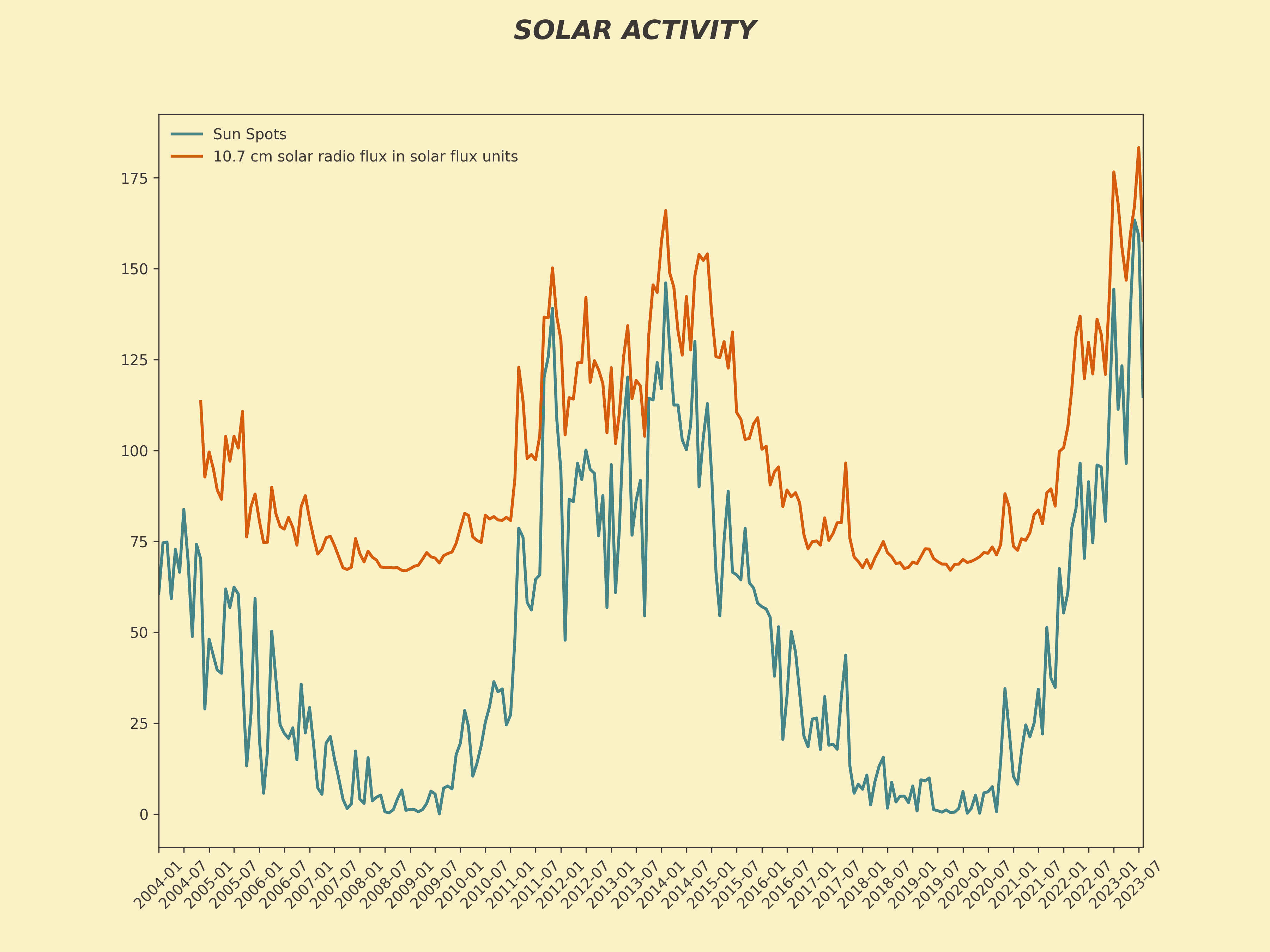
EXOPLANETS
In a paper published in 2016 in the Astrophysical Journal, a team from Princeton University introduced a statistical approach for determining the probability that a specific candidate is, indeed, a planet. Their analysis resulted in the confirmation of 1,284 such planets. This explains the shape of the evolution in the number of exoplanet discoveries
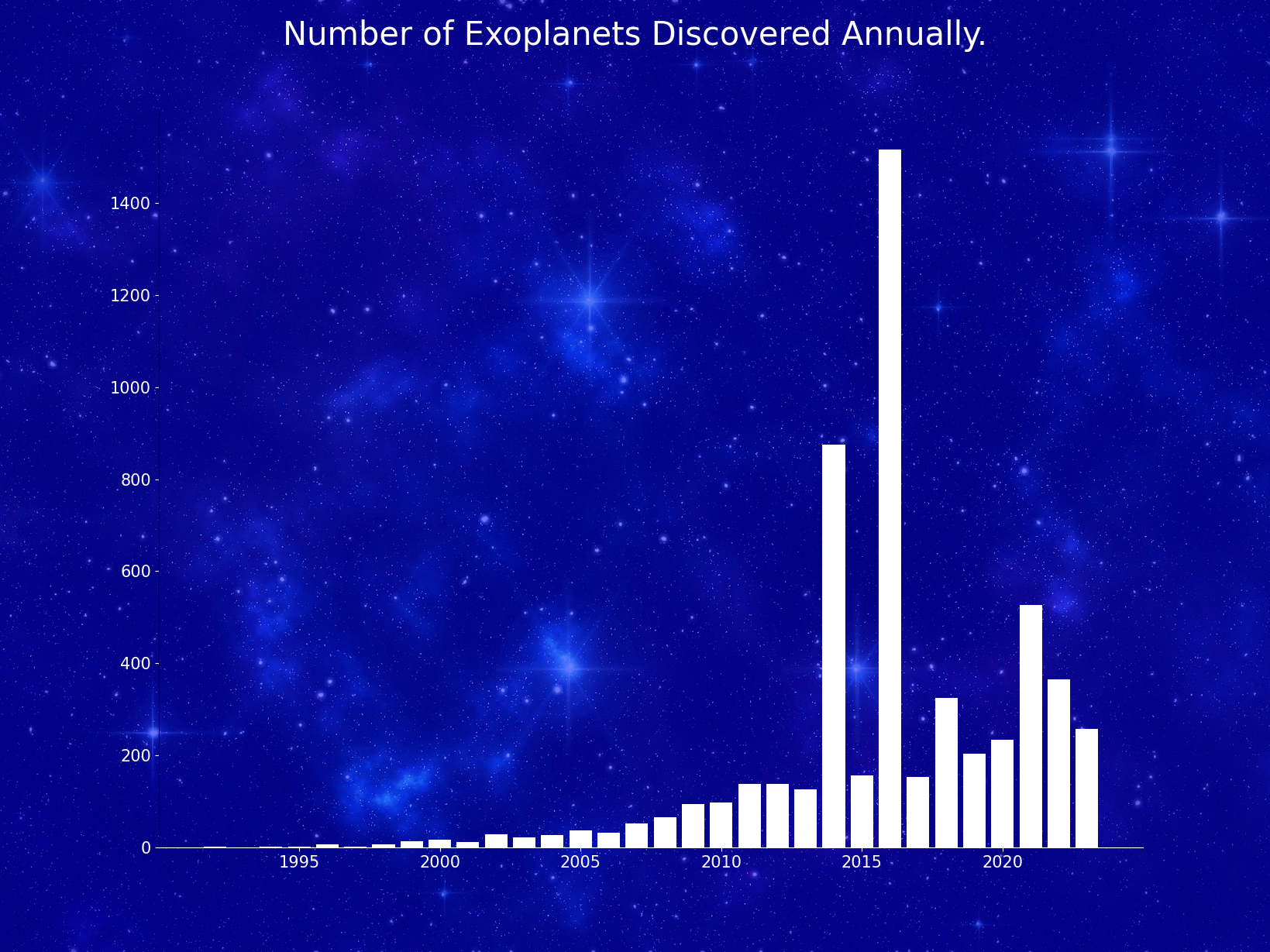
Out of the slightly over 5,400 exoplanets discovered, 2,662 planets were found by the Kepler telescope. Most of the stars in the region of space observed by the Kepler telescope are located at distances ranging from approximately 184 to 918 parsecs. While the farthest exoplanets are at more than 8,000 parsecs, 80% of those we have discovered are within 1,000 parsecs.
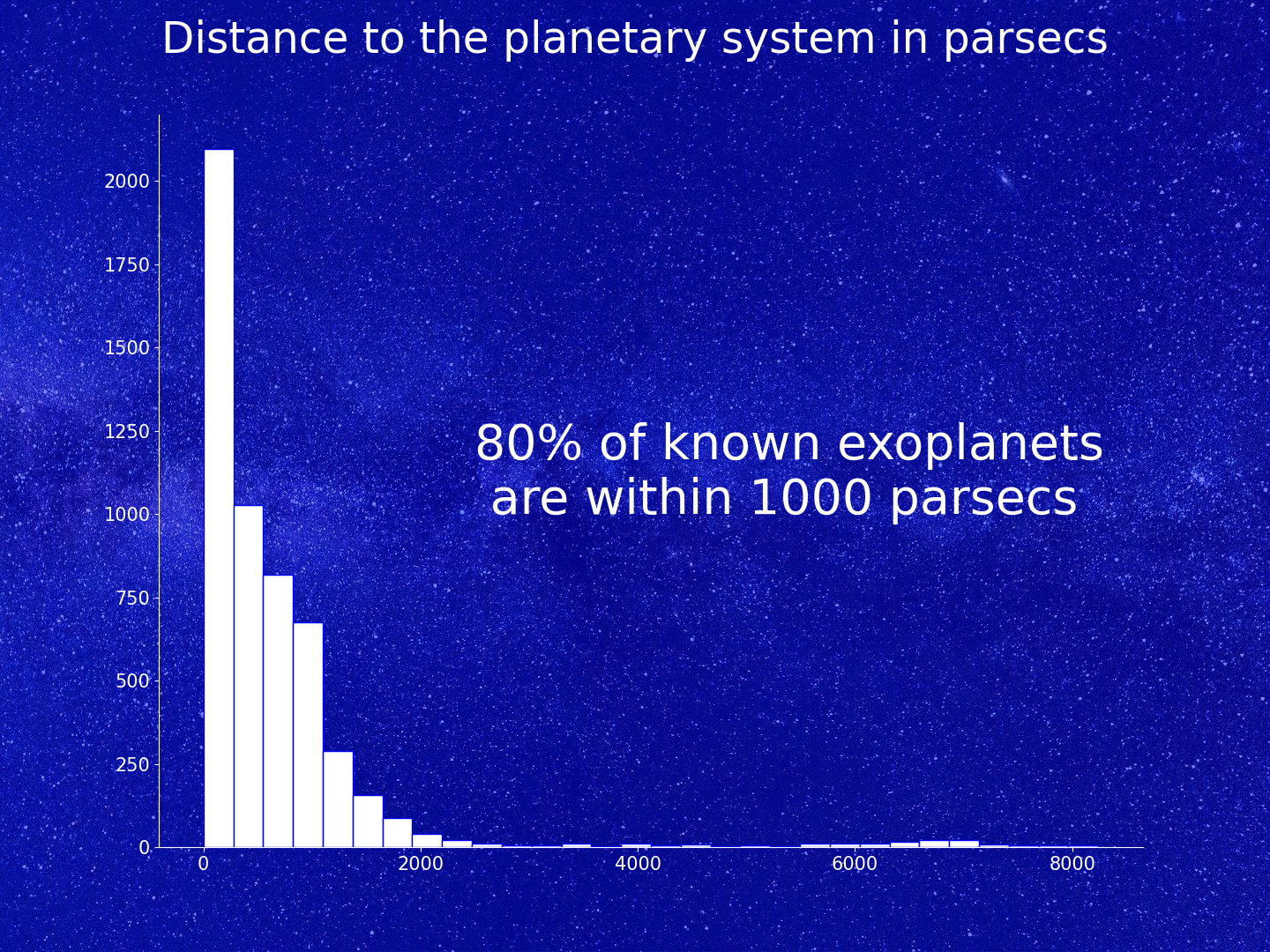
When looking at the distances of exoplanets as a function of their year of discovery, the median distances do not show a significant increase over the years. However, there is an increasing variability in the data, as evidenced by the growing number of outliers
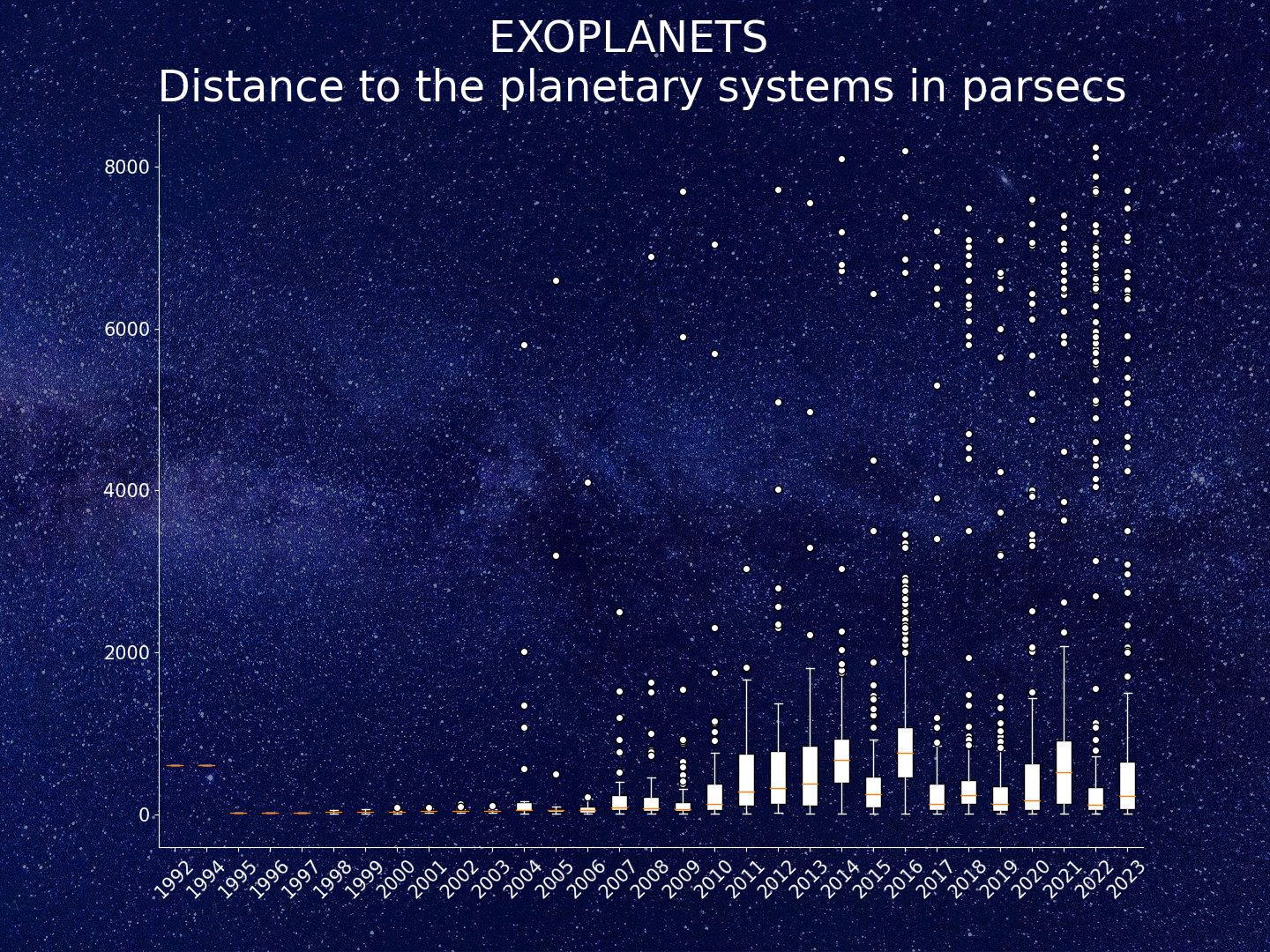
TESS, the Transiting Exoplanet Survey Satellite, is a space telescope launched in 2018 with the mission of discovering exoplanets, planets outside our solar system. Its ongoing mission continues to uncover an increasing number of planets each year.
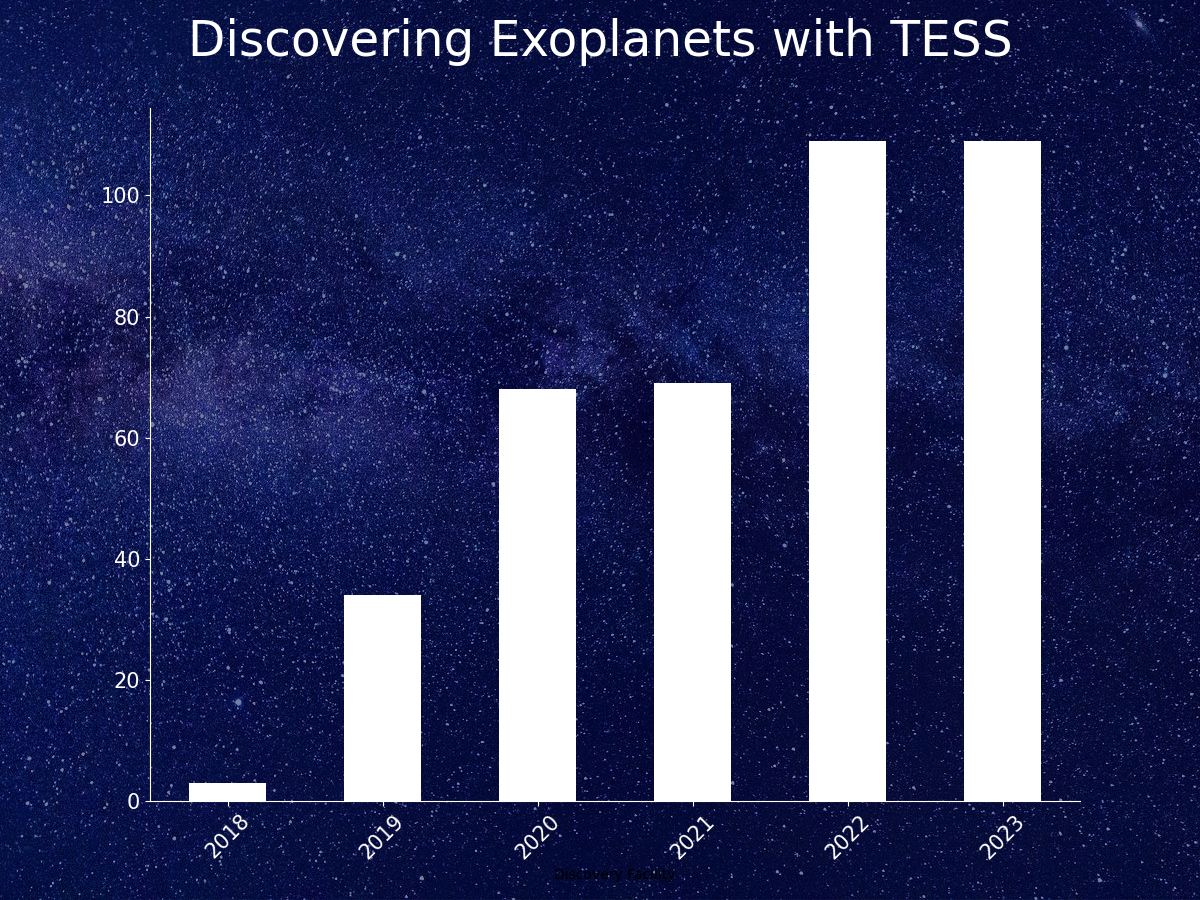
EXCHANGE RATES
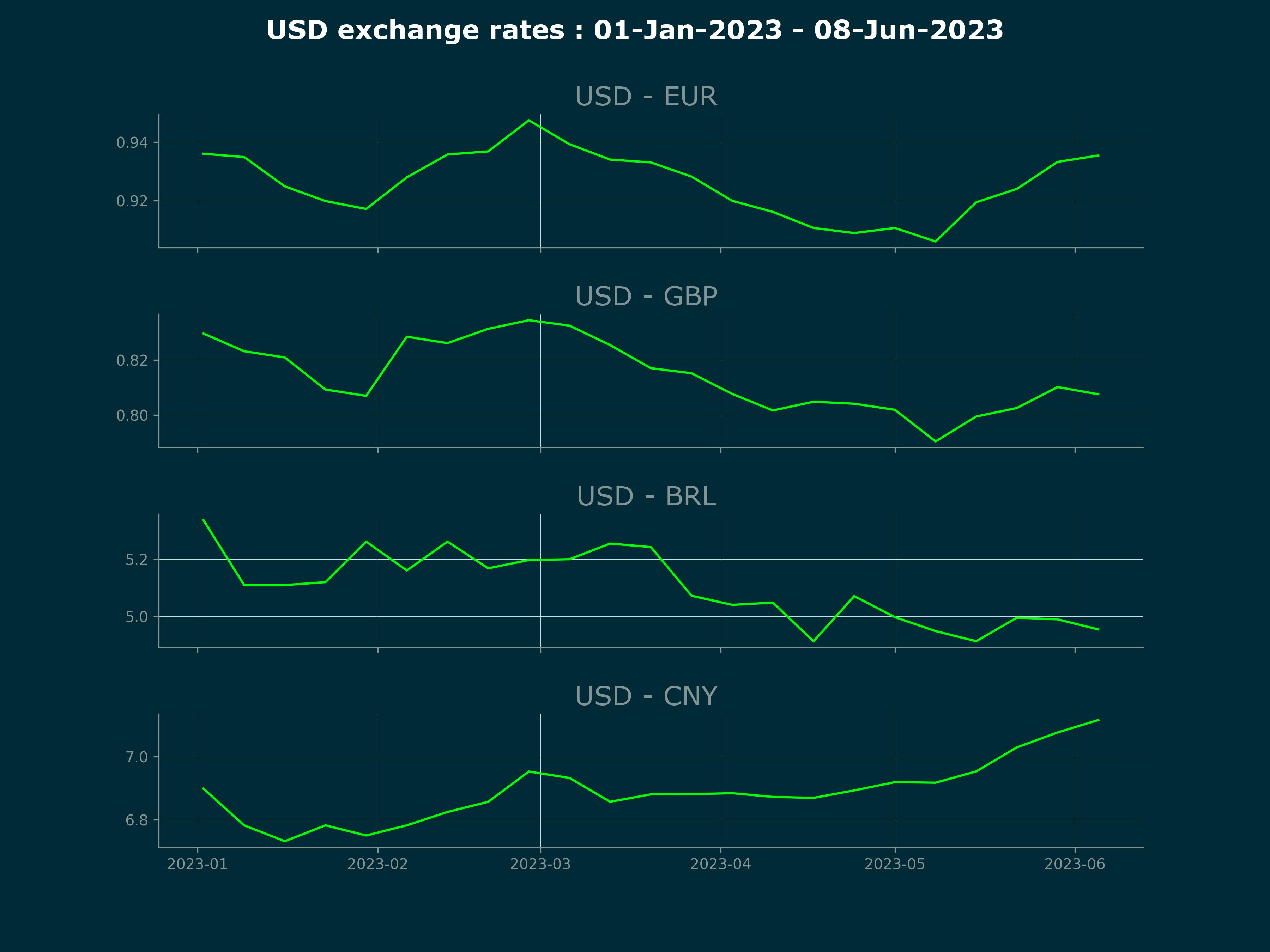
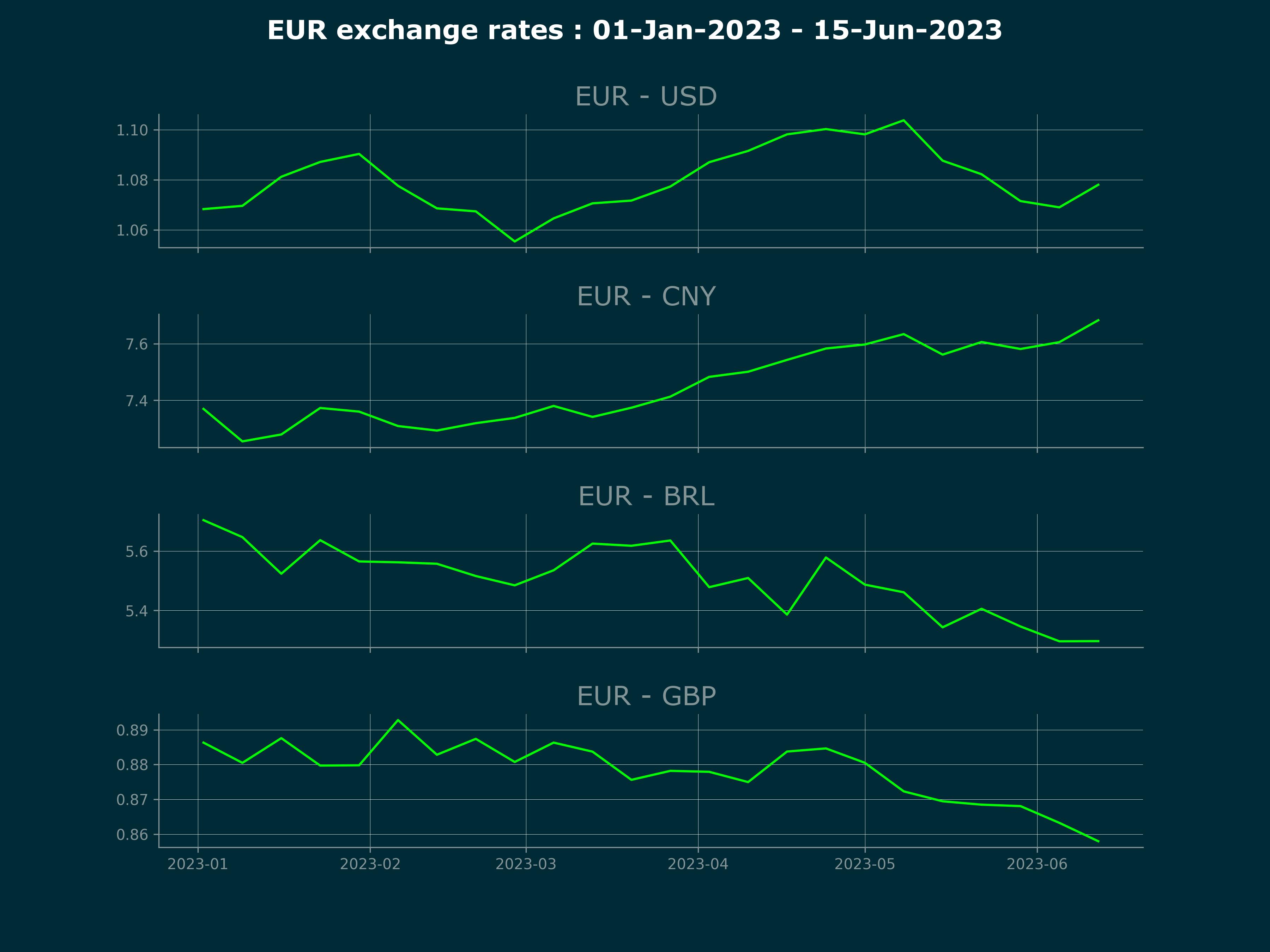
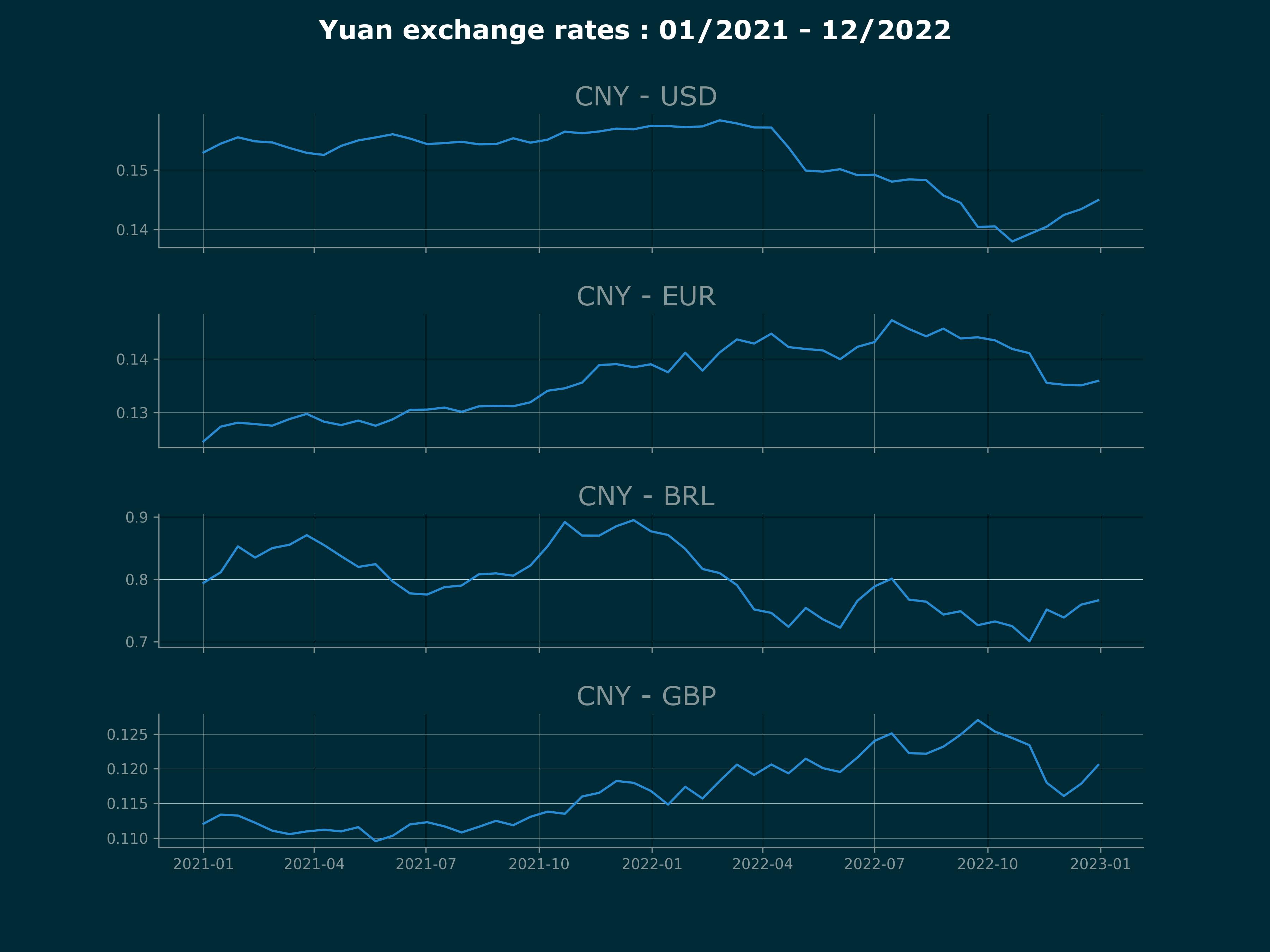
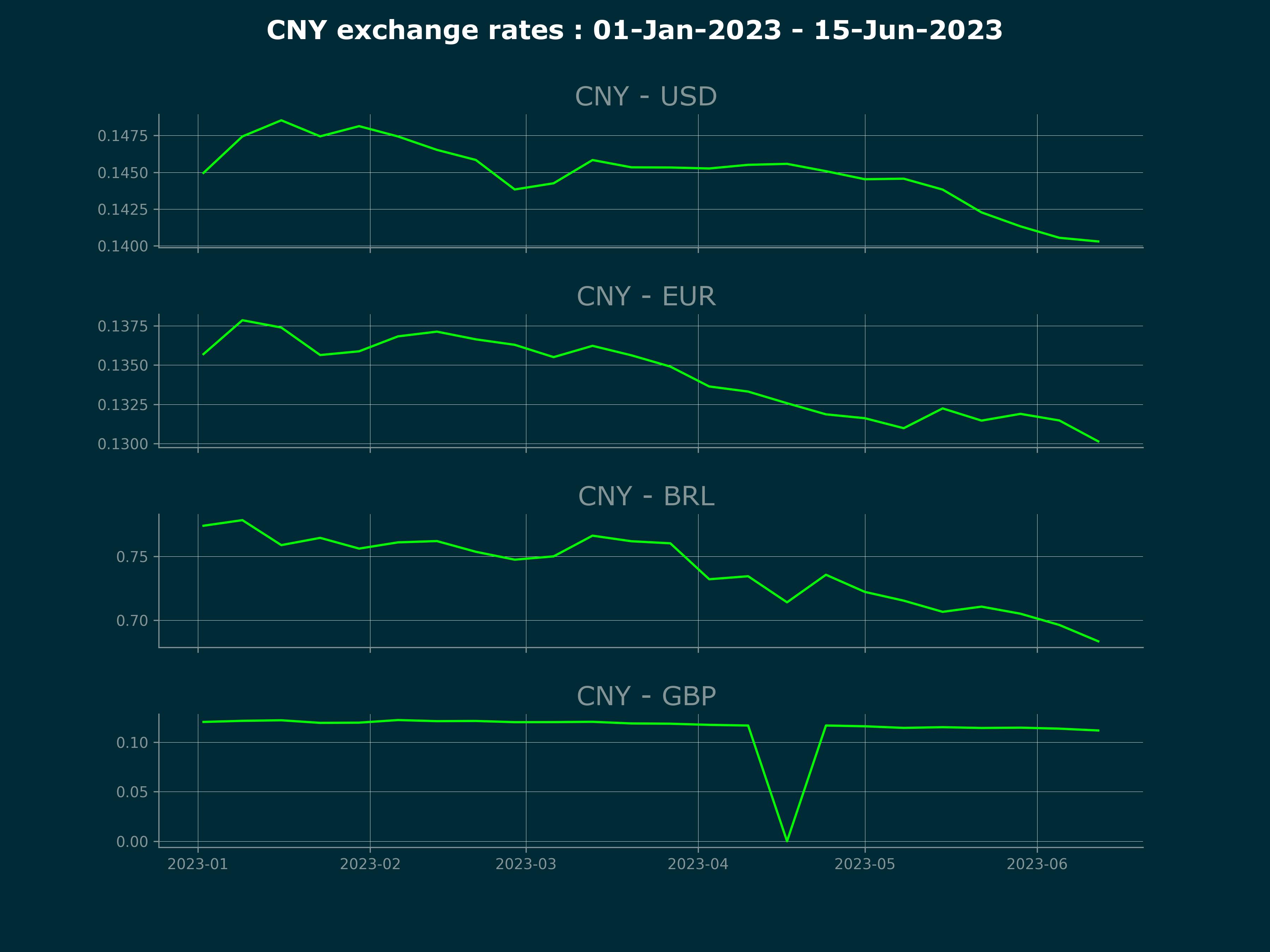
COMMODITIES
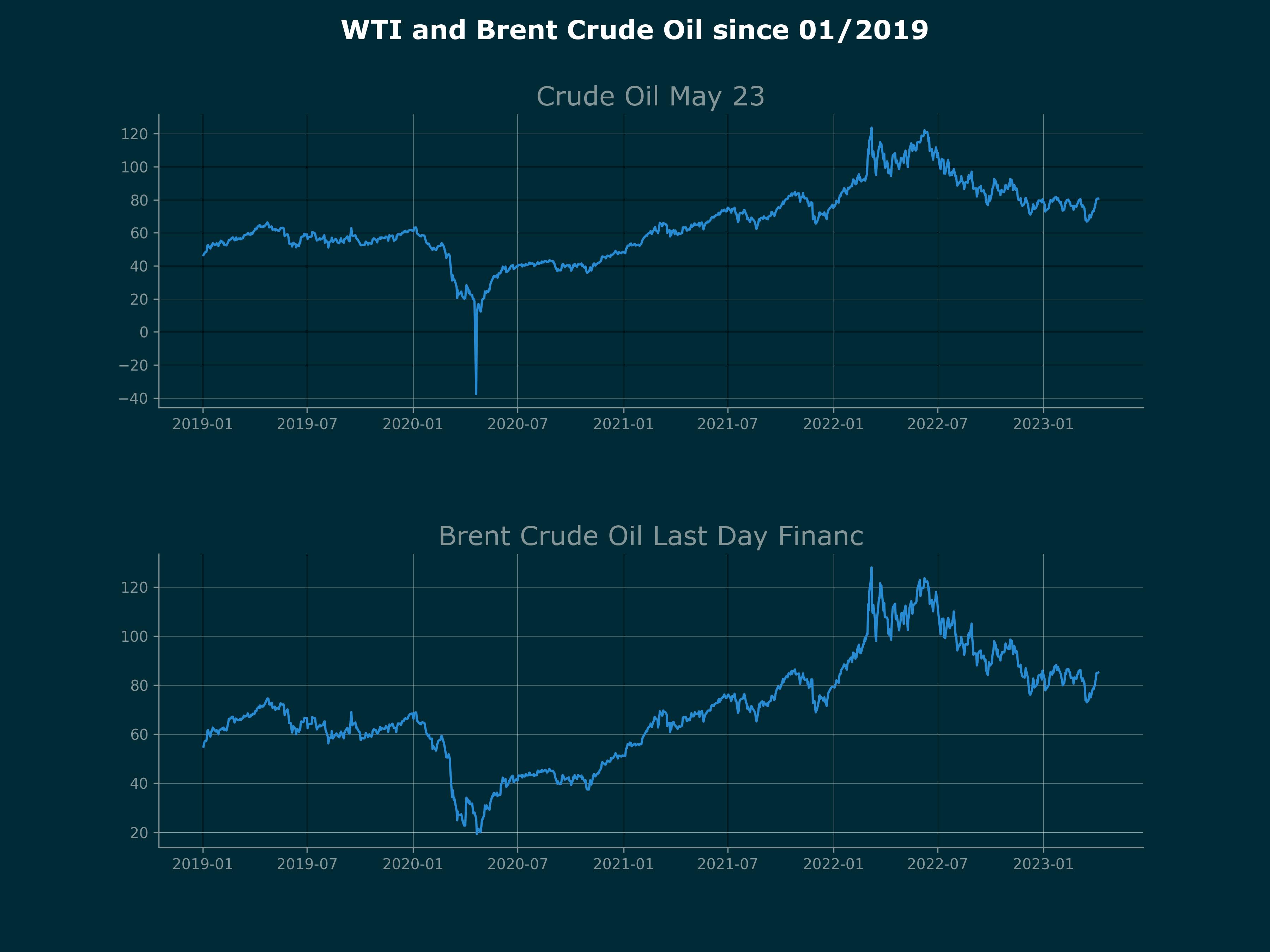

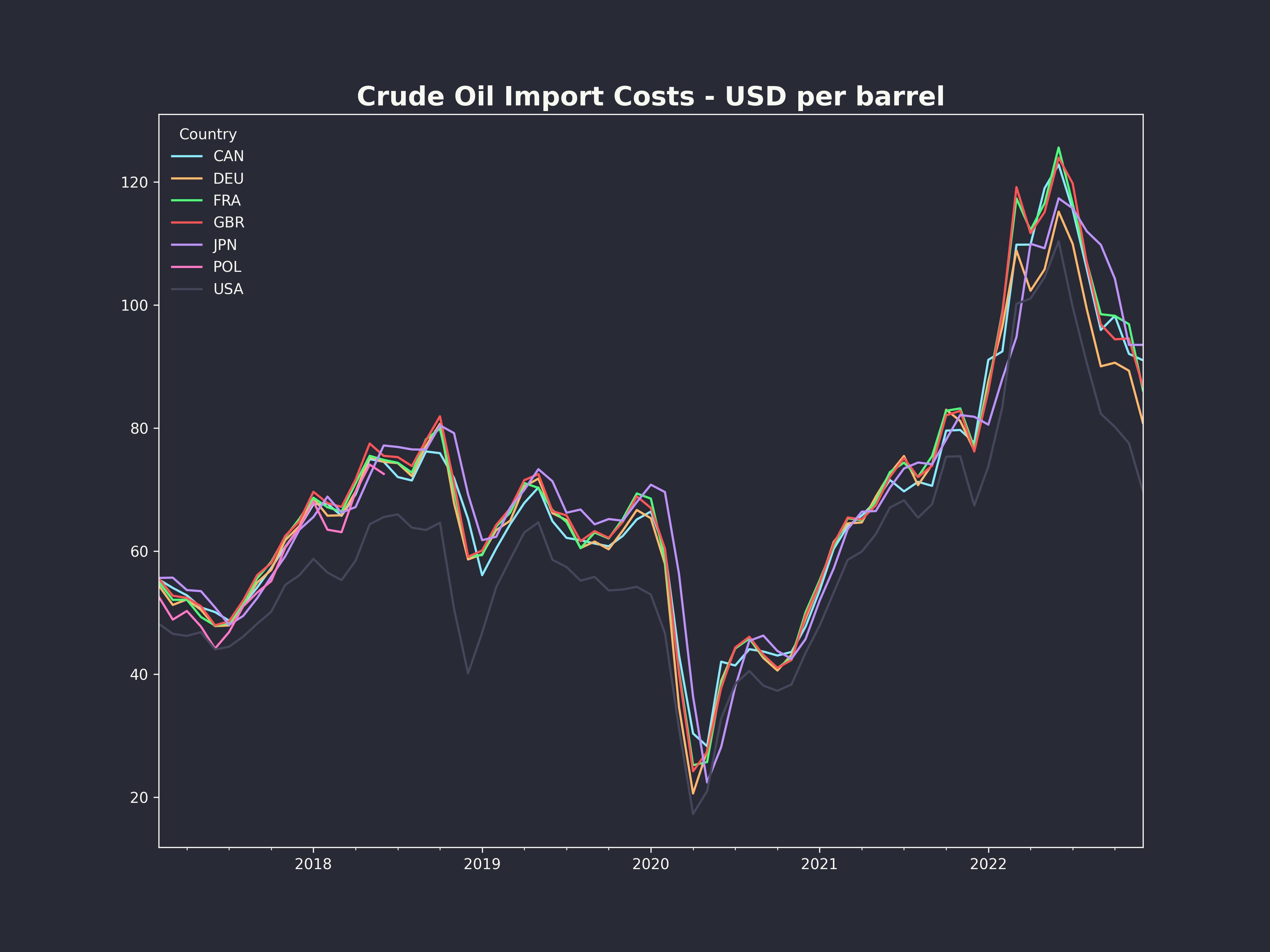

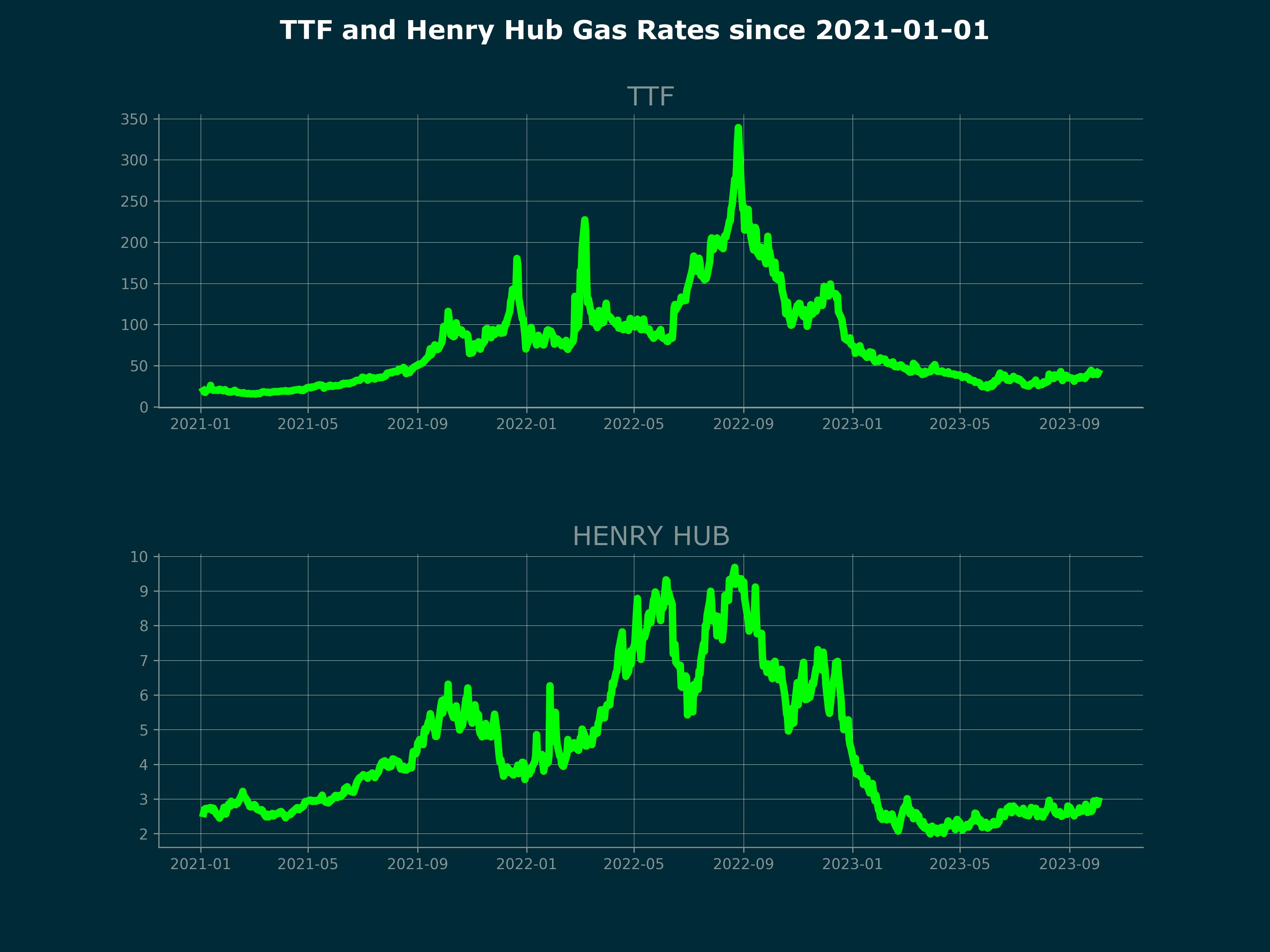
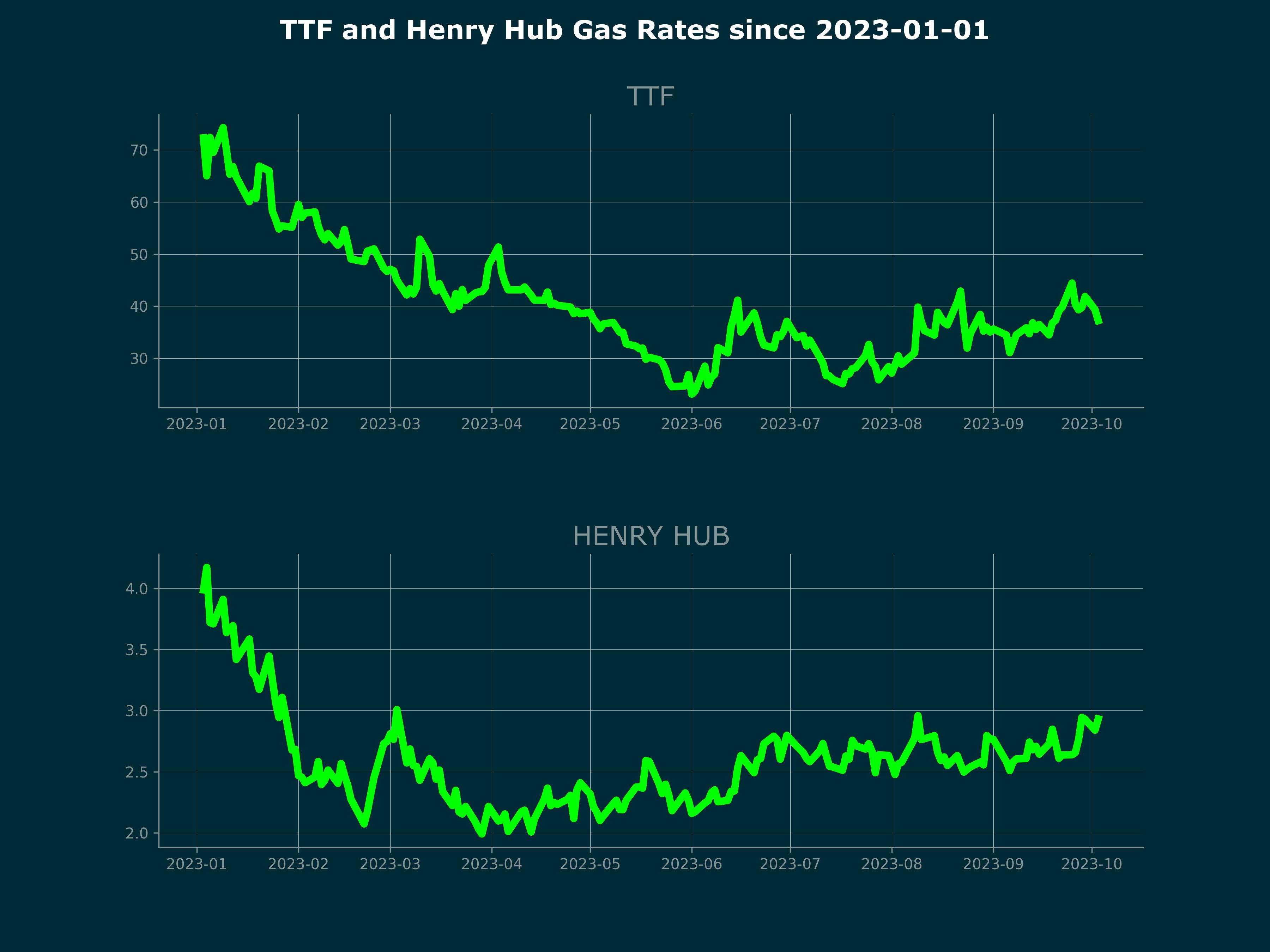
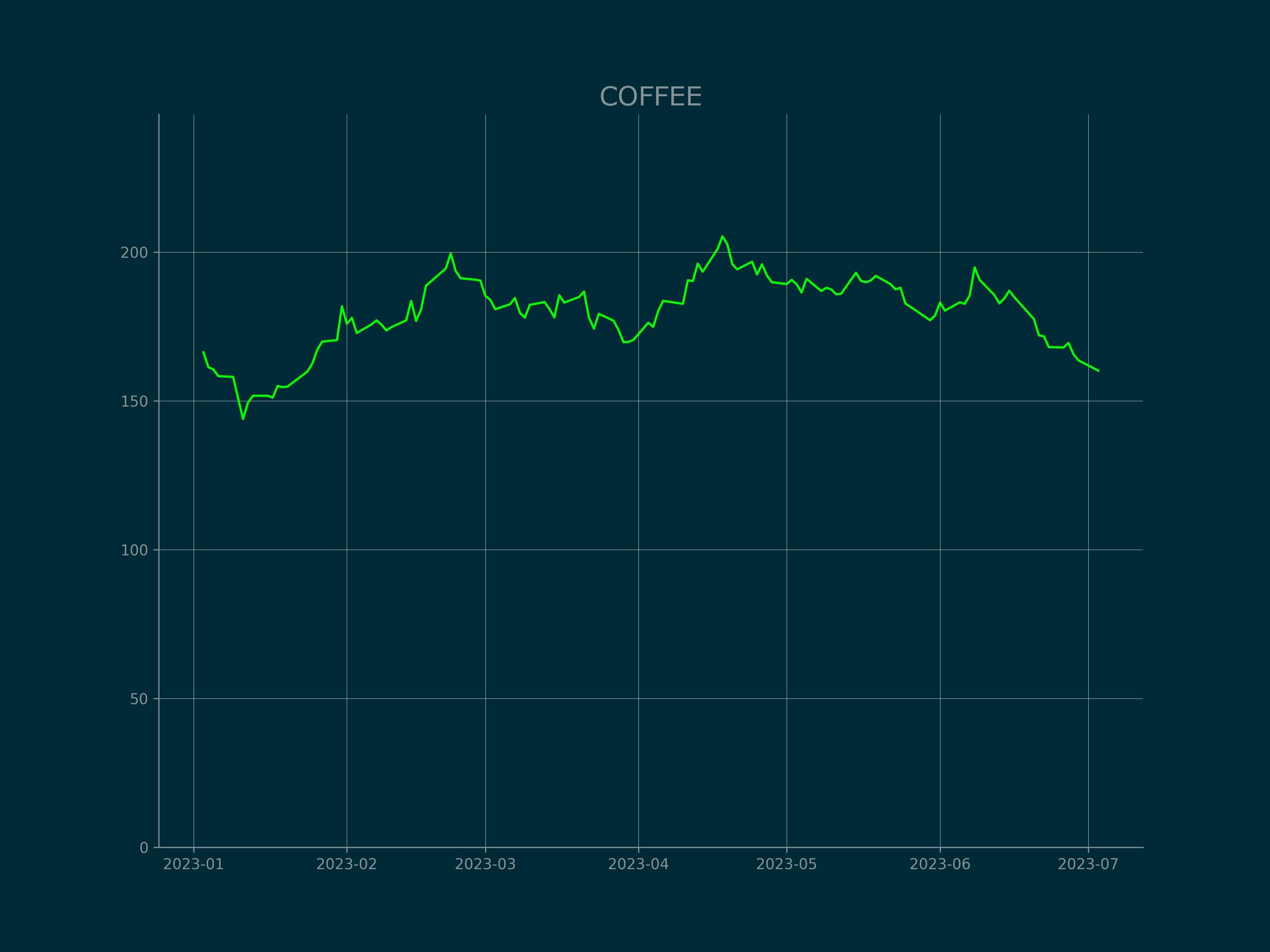
CRYPTO CURRENCIES
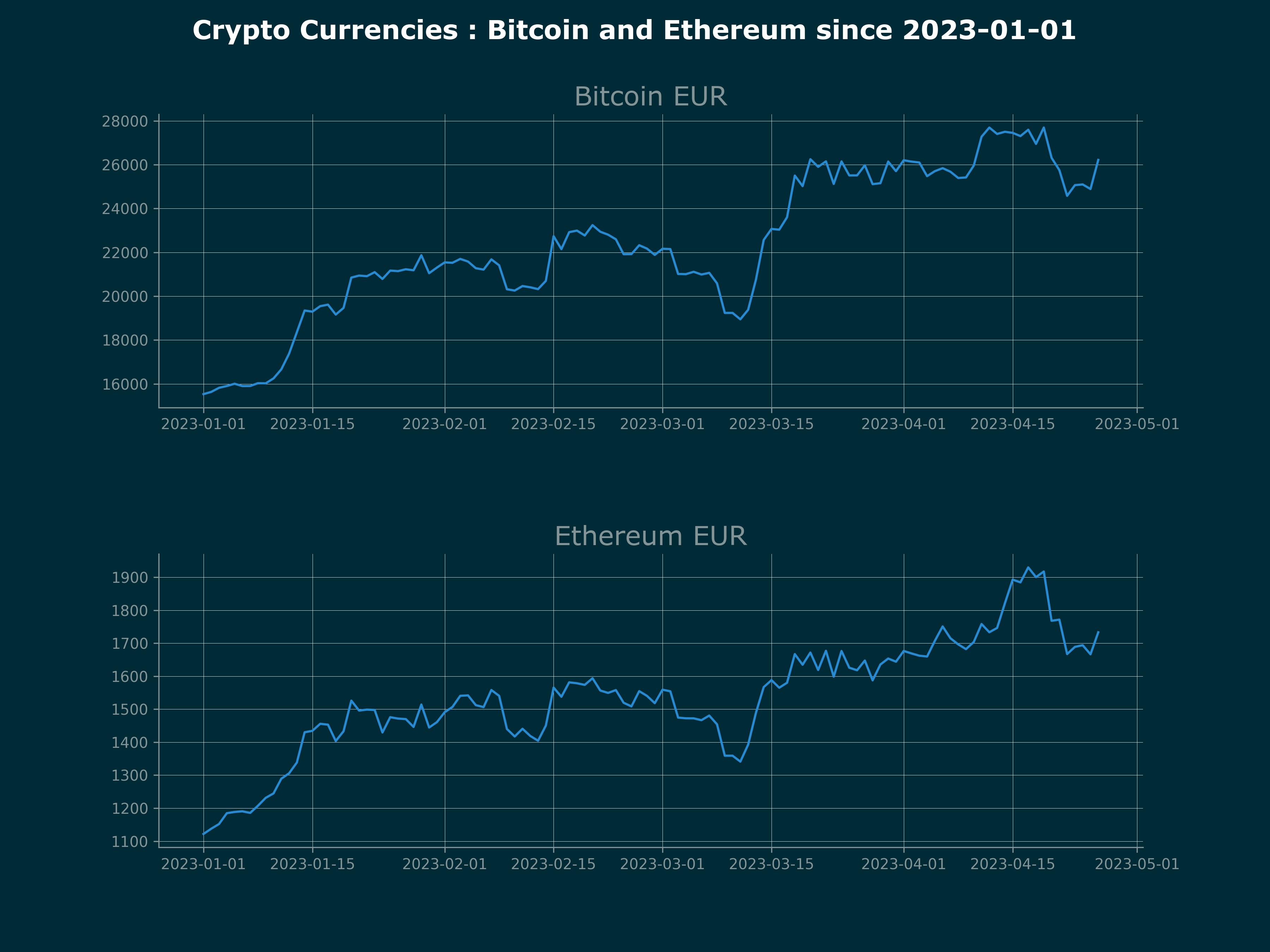
STOCK MARKETS
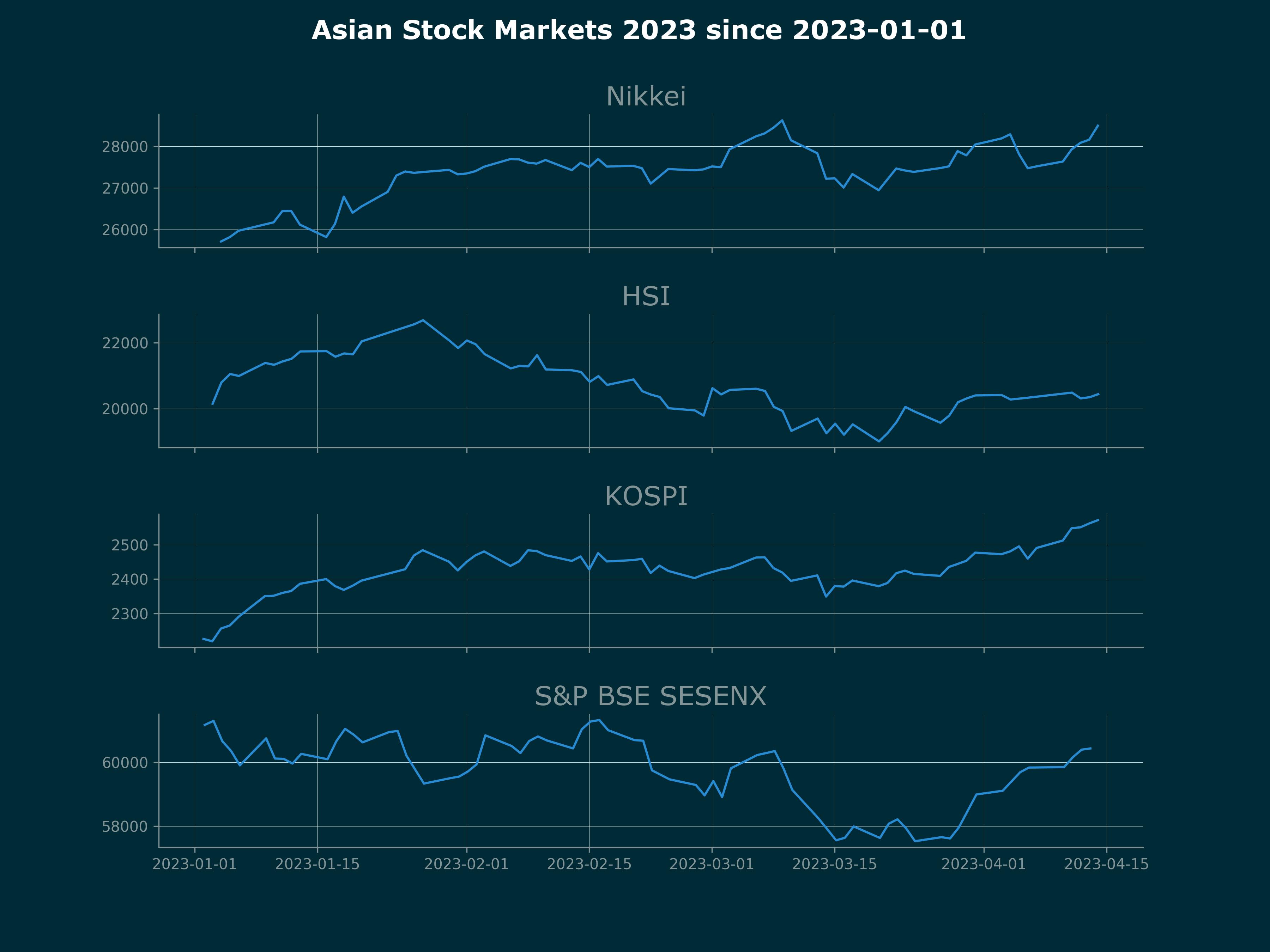
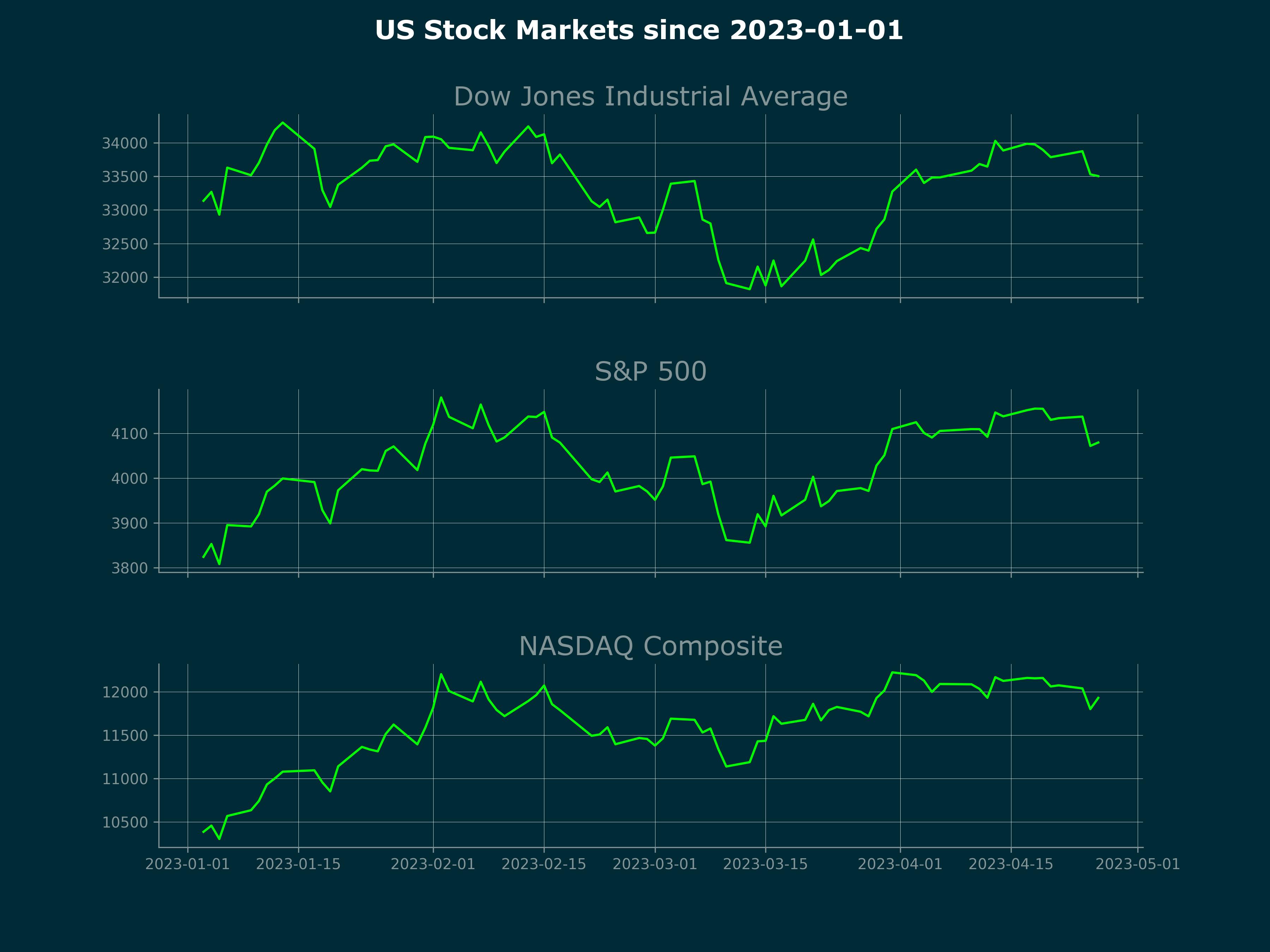
CLIMATE
